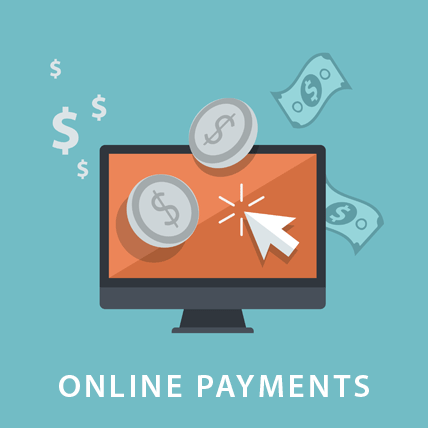More than ever, people are using an online payment gateway to conduct their financial business. The variety of digital payment options is growing, and traditional payment methods such as cash or checks are becoming obsolete. Vendors who offer online payment methods that appeal to and are used by today’s digitally-savvy consumers can gain an edge over their competitors.
Trending Payment Activities
In 2016 alone, the global mobile community activated almost half a billion (425 million) new devices and connections. Those connections facilitate online and mobile access to all manner of financial accounts, from the basic savings account to a multi-layered and sophisticated investment portfolio. For the majority of those device users, paying bills over the Internet is the most popular function, and they access that service by using the online payment gateway of their financial institution or the one offered by the vendor from whom they are making the purchase.
Differing Online Payment Options
Consumer demand for a variety of online payment options creates the challenge for merchants to select and implement payment technologies that are easy for their customers to use, and that also keep consumer data safe and secure. One aspect of that challenge is configuring the nexus between the online store page and the processing function of the financial institution. There are three perspectives to consider when making this decision:
- Taking consumer data directly through the vendor’s website offers customers the most convenience, but also creates the biggest risk. The challenge is in creating sufficient security programming to protect that data over time, which can be expensive for merchants as cyber theft threats continue to evolve.
- Using a hosted payment page avoids the security challenge because the payment site host assumes that burden. This process offers sufficient security but eliminates the vendor’s opportunity to style that page harmoniously with its own website. Some consumers may not like the change in appearance or having to master the controls of the secondary payment page.
- Merchants can bypass the risks that arise when using their corporate server by connecting their payment page directly to server of the payment services provider. Using this structure keeps consumer data out of the databanks of the vendor company altogether.
Trending Payment Methods
Using today’s most popular methods, users enter their financial data on to the payment page of their merchant’s website through their fixed computer or through a mobile app option. With some third-party payment companies, consumers enter their data onto their page once, then refer future transactions to that site for processing.
A third option is now seen to be growing in popularity, too. The “mobile wallet” is an app that stores financial data securely on the customer’s device. Properly configured Point-of-Sale portals automatically read the data when the device is within range. This option keeps consumer data securely stored on the consumer’s device where no third parties (just their servers) have access to it.
Who’s Using Mobile Payment Options?
By far the biggest population using this technology is the Millennials, and they’re transferring funds to individual persons (P2P) with these methods, too, not just to banks or processing companies. These young people have grown up with technology and can master any payment gateway quickly and with ease. As the programming becomes more sophisticated and better aligned with consumer preferences, older generations of online shoppers will make the transition to digital paying, too.
Get Started Taking Electronic Payments
Today’s merchants are understandably nervous about selecting an online payment gateway option for their customers. PaymentVision offers a wide range of secure, PCI Level 1 certified payment portals and solutions to simplify payment processing for businesses large and small. Want to learn more? Contact us today!











